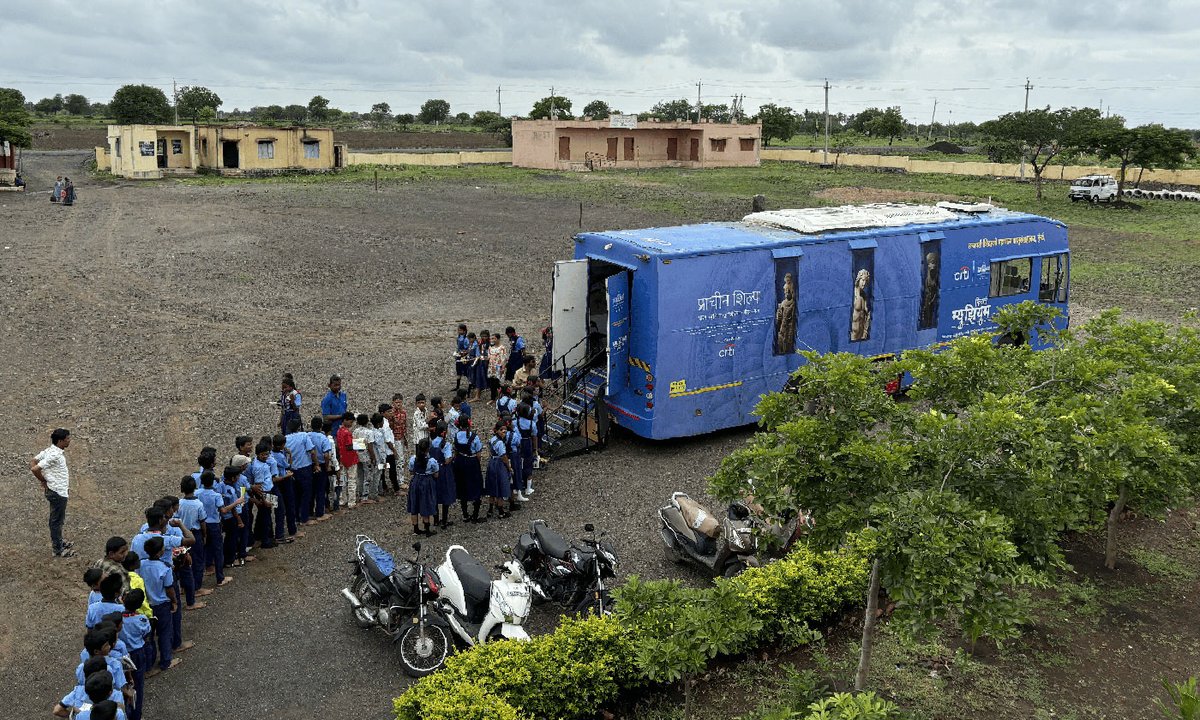
"The CSMVS has retrofitted three antiquated public buses as mobile mini-museums, plying historiography on the chaotic highways of the world's most populous country. The objective, according to the CSMVS curators, is to engage citizens in an evolving understanding of history that reflects contemporary values."
"The museum was built and named to commemorate the visit to Bombay in 1905 of the then Prince of Wales, the future King George V, whose statue still stands in front of the museum's gleaming secular dome. Funded by a class of Zoroastrian businessmen—known as Parsis—who owed their enormous fortunes to the British, the museum was soon filled with the finds of colonial archaeologists."
The Bombay High Court and Gateway of India lead to a museum built in the Indo-Saracenic style, established in 1905 to honor the Prince of Wales. Funded by wealthy Parsis, the museum grew with archaeological findings from colonial efforts. Thirty years ago, it was renamed Chhatrapati Shivaji Maharaj Vastu Sangrahalaya, reflecting a shift in India's ideological focus. One of its successful initiatives includes mobile museums created from old buses, aiming to change how history is perceived and engage the population in contemporary historical dialogues.
Read at The Art Newspaper - International art news and events
Unable to calculate read time
Collection
[
|
...
]